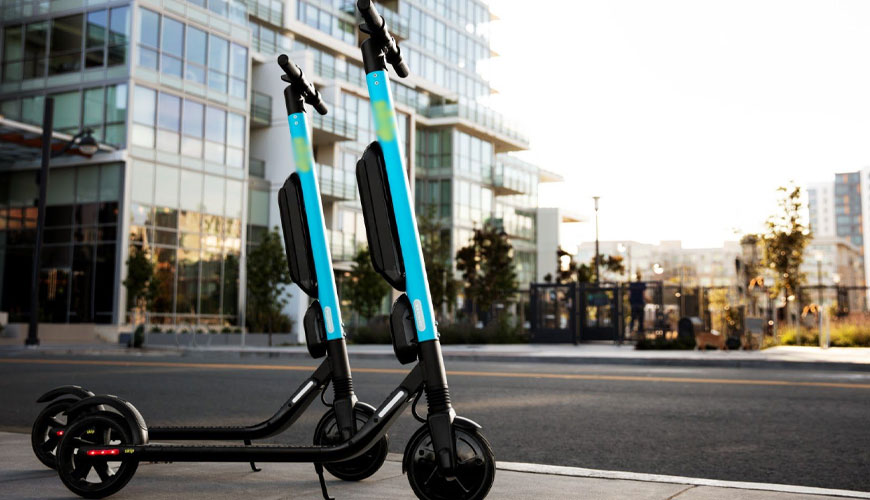

EUROLAB, with its state-of-the-art accredited laboratories and expert team, provides precise and fast testing services within the scope of EN ISO 7176-4 testing. EN ISO 7176-4 specifies methods for determining the theoretical distance range of electrically powered wheelchairs, including scooters, using measurements of energy consumed while driving and the rated energy capacity of the wheelchair's battery set.

Applicable to electrically powered wheelchairs with a maximum rated speed of not more than 7176 km/h, designed to provide indoor or outdoor mobility for a disabled person whose mass is within the range represented by EN ISO 11-15. EN ISO 7176-4 also includes requirements for test reports and information disclosure.
The distance range of an electrically powered wheelchair is affected by energy consumption and battery condition. Energy consumption is affected by a number of factors such as ambient temperature, occupant's overall weight and weight distribution, topography, surface characteristics and tyres. Battery condition is affected by factors such as temperature, age, charge history and discharge history. Therefore, the result from the tests specified in this part of EN ISO 7176 cannot be used to obtain an accurate range estimate for a particular wheelchair and passenger. However, it can be used as a basis for comparison between different wheelchairs under similar test conditions.
Distance range is also highly dependent on the way the wheelchair is driven, and a single value for theoretical range may be insufficient to provide an understanding of the wheelchair's performance. In this part of EN ISO 7176 two methods are provided for driving and maneuvering to determine the theoretical range. These values aim to facilitate wheelchair comparison, similar to the published extra-urban and urban fuel consumption figures for motor vehicles.
Energy consumption is measured for two types of driving: continuous driving and manoeuvring. For uninterrupted driving, the wheelchair is driven ten times clockwise and ten counterclockwise on a test track and the energy consumed is measured. For the maneuver, the wheelchair is driven in a circuit between two markers at a distance of 5 m from each other, stopping and turning ten times in each direction other than that, the energy consumed is measured. Theoretical range values are calculated from the energy consumed, the rated distance traveled and the battery capacity.
EUROLAB assists manufacturers with EN ISO 7176-4 test compliance. Our test experts, with their professional working mission and principles, provide you, our manufacturers and suppliers, the best service and controlled testing process in our laboratories. Thanks to these services, businesses receive more effective, high-performance and quality testing services and provide safe, fast and uninterrupted service to their customers.
To get an appointment, to get more detailed information or to request an evaluation, you can ask us to fill in our form and reach you.